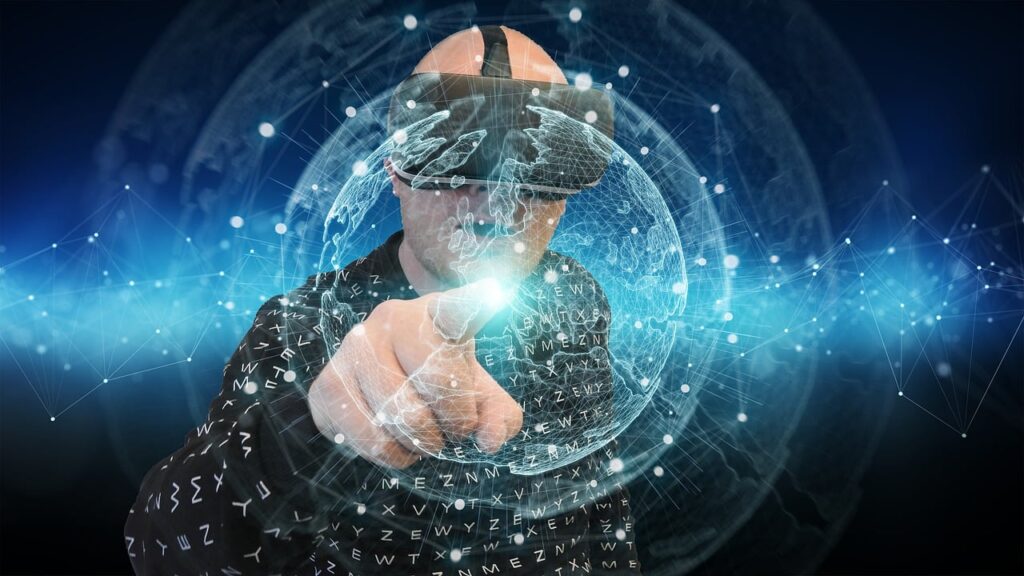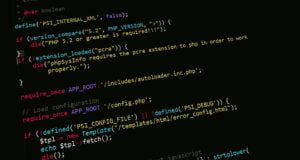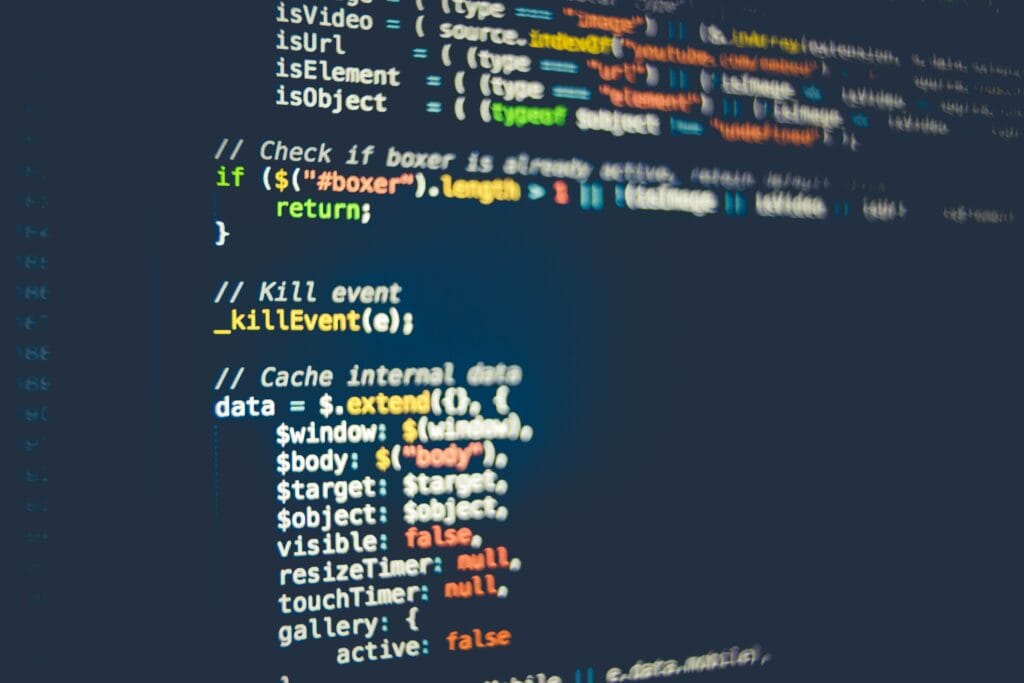
The advent of the Fourth Industrial Revolution (4IR) has ushered in a new era of technological advancements, with Augmented Reality (AR) and Virtual Reality (VR) standing at the forefront. These technologies have not only gained considerable popularity but also hold the potential for revolutionizing education and training. This article will delve into the potential of AR and VR in education and training, scrutinizing their benefits, current applications, and the future prospects, highlighting their role as pivotal educational technology.
A Primer on Augmented Reality and Virtual Reality
AR and VR are two technological innovations that have taken the world by storm, presenting a unique way of experiencing the world that can significantly enhance education and training. This comparison of VR vs augmented reality underscores the unique benefits each technology brings to the educational sphere.
Virtual Reality: An Immersive Experience
Virtual Reality (VR) refers to a computer-generated simulation of a three-dimensional environment that can be explored and interacted with through specialized hardware such as a VR headset. It creates an immersive learning experience, enabling users to interact with the environment in a way that feels real. The technology, which uses a combination of specialized hardware and software, offers VR immersive education through environments that are not just interactive but also deeply engaging.
Augmented Reality: Enhancing the Real World
On the other hand, Augmented Reality (AR) overlays computer-generated information onto the real world, thus augmenting the user’s perception of their environment. Unlike VR, which creates a completely new environment, AR enhances the existing one with immersive augmented reality experiences. This technology also uses a combination of hardware and software to create an enhanced AR environment.
Both AR and VR have immense potential for transforming education and training. By providing an immersive and interactive learning experience, they can enhance understanding, improve knowledge retention, and enable learners to develop skills in a safe and controlled environment. As these technologies become more accessible, their adoption in education and training is likely to increase, benefitting learners from their potential for experiential learning.
The Benefits of Augmented Reality and Virtual Reality in Education and Training
Enhanced Learning Experience
One of the primary benefits of using VR and AR in education and training is the enhanced learning experience they offer. These technologies provide a more engaging and interactive way of learning compared to traditional methods. For example, students can use VR for virtual field trips to explore ancient sites, such as the pyramids of Egypt or the Roman Colosseum and interact with them. This approach enhances the students’ understanding of the topics and makes learning more exciting.
Moreover, VR and AR provide a multisensory learning experience that engages all the senses, making the learning process more effective. Learners can hear sounds, see images, and even feel sensations, which can enhance their understanding and retention of the material. This approach to immersive learning fosters a deeper connection with the content through experiential and contextual learning.
Furthermore, VR and AR can offer a personalized learning experience tailored to the needs of each individual learner. For example, learners can use VR to learn at their own pace, making the learning process more efficient and effective. This approach allows learners to focus on areas where they need more help and skip areas they already understand, embodying the concept of personalized learning paths.
Improved Retention
Another significant benefit of using VR and AR in education and training is the improved retention of knowledge in learners. Studies have shown that students who learn through immersive technologies are more likely to retain information than those who use traditional methods. This is because the immersive experience allows learners to engage more deeply with the material, which enhances their memory and understanding through hands-on learning.
When learners use VR and AR technologies, they are actively participating in the learning process rather than passively absorbing information. They are more likely to remember what they learn because they are using multiple senses to engage with the material. The immersive experience provided by these technologies allows learners to experience the material in a way that mimics real-life scenarios, making it more memorable and easier to recall, thereby enhancing the VR learning experience through hands-on and contextual learning.
Enhanced Skills Development
VR and AR, through augmented reality training and simulated environments, offer a unique way to simulate real-life scenarios. This approach is invaluable in fields like medicine and the military, where AR VR training ensures skills are honed in a safe and controlled environment, minimizing the risk of serious consequences.
For instance, augmented reality training allows medical students to use VR for practicing surgical procedures safely, without endangering patients’ lives. Similarly, military personnel benefit from VR AR training, using VR to simulate combat scenarios, enhancing their skills in a risk-free environment.
Furthermore, augmented reality training extends its benefits across various industries. For example, training scenarios in VR can simulate emergency situations for aviation and oil and gas workers, fostering skill development in a safe, controlled, and simulated environment.
Current Applications of Augmented Reality and Virtual Reality in Education and Training
Medical Education
Augmented reality training is revolutionizing medical education, offering medical students immersive learning environments for practicing surgical procedures and simulating anatomy in a safe learning environment. This immersive approach significantly enhances learning experiences and skill acquisition.
Military Training
In military training, augmented reality training with AR and VR technologies is making a significant impact by providing soldiers with realistic and simulated environments. These technologies craft a safe, controlled setting for soldiers to develop their skills, effectively reducing injury risks.
STEM Education
In STEM education, AR and VR technologies are enhancing the learning experience by making it more interactive and engaging through educational technology. These immersive learning environments help students grasp complex concepts, making learning more accessible.
Future of Augmented Reality and Virtual Reality in Education and Training
Increased Adoption
As AR and VR technologies become more affordable and accessible, their role in education and training, including augmented reality training, is set to expand. This growth will allow a broader audience to experience the immersive and interactive learning opportunities these technologies offer, pointing towards a bright future of E-learning.
Customizable Learning Experiences
One of the standout benefits of AR and VR technologies is their capacity to create personalized learning paths and immersive learning environments, offering a VR learning experience that caters to the individual needs of learners.
Collaboration and Social Learning
AR and VR technologies also excel in promoting collaborative learning and remote collaboration within immersive learning environments, enhancing the educational experience by fostering teamwork and social learning.
Conclusion
The future of AR and VR in education and training holds immense promise. As these technologies continue to advance, they pave the way for endless possibilities of personalized and engaging learning experiences, highlighting a bright future for augmented reality in education.






